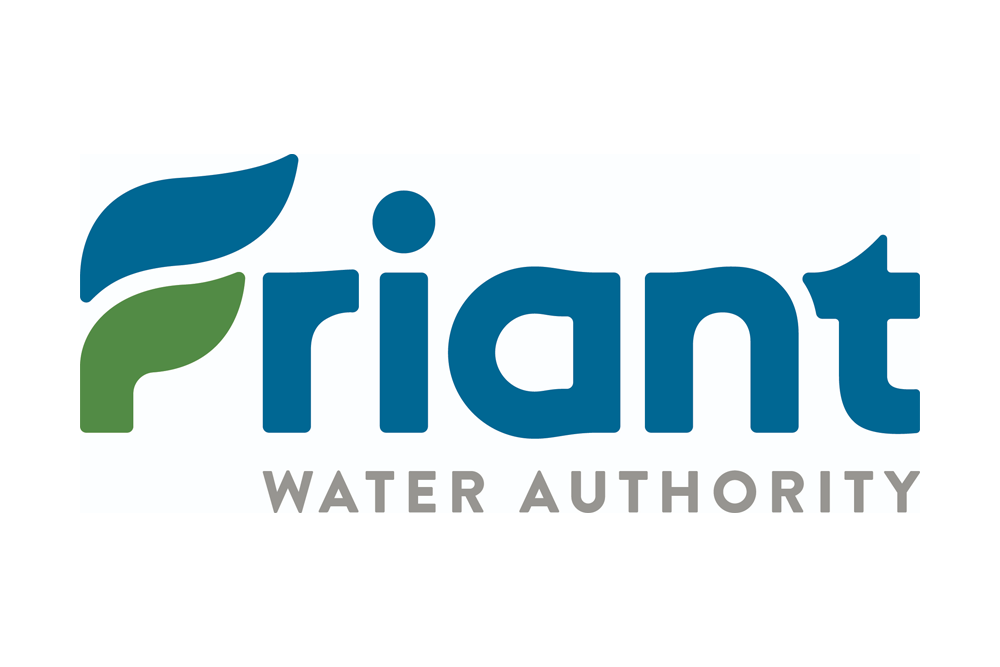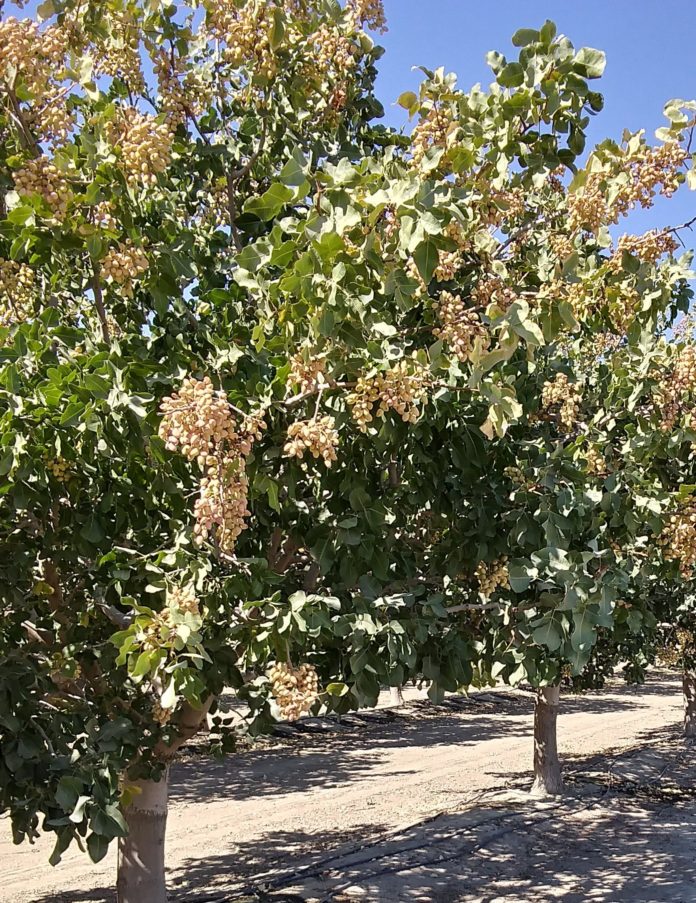 The Tulare Irrigation District held its board of directors meeting on Tuesday, February 9, 2021 on Zoom. We went through a wonderful storm followed by a few days of spring like weather and now things are cooling down. There’s been overcast at least part of the day this week and more wet weather is predicted for the end of the week. I’ve said many times farmers and ducks love the rain. It makes for happier board and committee meetings when there are plentiful water supplies.
The Tulare Irrigation District held its board of directors meeting on Tuesday, February 9, 2021 on Zoom. We went through a wonderful storm followed by a few days of spring like weather and now things are cooling down. There’s been overcast at least part of the day this week and more wet weather is predicted for the end of the week. I’ve said many times farmers and ducks love the rain. It makes for happier board and committee meetings when there are plentiful water supplies.
The Meeting Begins
Chairman David Bixler called the meeting to order about 9:00am. General Manager Aaron Fukuda said there was a quorum.
Water Master Marco Crenshaw said things are sitting at 55 percent of average snowfall and it will take some more storms to get things up to speed. Fukuda said there will be 20,000 a/f of Unreleased Restoration Flows that can be carried over. TID could get about 120 a/f at $80 per. Fukuda said there isn’t much to report on this dry year.
Superintendent Wayne Fox reported all the ditches have been attended to and staff is servicing the grader. A preemergence was applied to all the ditches and in between rains a water truck has been helping that application to set. They got a hold of a good amount of sand and have been able to spread that around. He said staff is being kept separated to protect against the virus. Director Dave Martin asked where TID is on the vaccination order. Fukuda said the elderly are being treated first and most of the TID workers are younger.
servicing the grader. A preemergence was applied to all the ditches and in between rains a water truck has been helping that application to set. They got a hold of a good amount of sand and have been able to spread that around. He said staff is being kept separated to protect against the virus. Director Dave Martin asked where TID is on the vaccination order. Fukuda said the elderly are being treated first and most of the TID workers are younger.
Finances
Controller Kathi Artis gave her treasurer’s report saying total revenue for 2020 was almost $5million and there has been no water purchase cost yet. There has been Friant Kern Canal O&M fees and water rights fees from the State Board. I’ve never understood the legitimacy of having to pay for a right. I understand the State Board has a lot of expenses. If you’ve ever been to its headquarters in Sacramento at the Cal EPA Building you know supporting a facility with all those perks doesn’t come cheap. But I always thought a right is a right and not something you purchase from the government.
Artis reported on TID investments and I’ve never noticed before TID is in the Tulare County Investment pool. After a long review the board approved the financial reports and paying the bills.
The Itis
Fukuda reported TID staff had a spike in virus exposure right after Christmas but everyone is back to work.
SGMA
Fukuda reported the Kaweah Subbasin GSAs are uncomfortable with its current data management system and will put out an RFP in the near future. He also said Montgomery Engineering has the model the GSAs are interested in using as well.
In California the rich got richer and there is some more tax money for grants, like $60 million more I believe it was said. DWR is looking at how to include further projects for eligibility beyond those in the current GSPs. Fukuda also said the Kaweah Water Foundation has an early action plan and is up and running. The Kaweah Interbasin Coordination group has had its first meeting. This is a forum for abutting subbasins to meet and find common ground in dealing with cross boundary subsurface flows and other issues on a regional level.
Strategery Plan
Fukuda said with the sale of the power plant on the Kaweah River revenue will be going down. TID’s biggest expenditure is to the Friant Water Authority and those costs won’t be going down. He said TID’s retirement benefits need additional funding. The district refinanced its debt to take advantage of lower interest rates. TID hired Fieldman, Rolapp & Associates to come up with a Long Range Financial Plan. A modeling process has been started and the development of that model will cost a bit under $60,000. But this model will look at current revenues and projects out for 10-years. Fukuda said this could be all in place by July. Laura Carpenter of F, R & Assoc. was asked to speak on the subject. A detailed spreadsheet of the district’s expenses and income was shown. Carpenter went through how the long term debt could be addressed through adjusting expenses or assessments so no surprises show up later.
refinanced its debt to take advantage of lower interest rates. TID hired Fieldman, Rolapp & Associates to come up with a Long Range Financial Plan. A modeling process has been started and the development of that model will cost a bit under $60,000. But this model will look at current revenues and projects out for 10-years. Fukuda said this could be all in place by July. Laura Carpenter of F, R & Assoc. was asked to speak on the subject. A detailed spreadsheet of the district’s expenses and income was shown. Carpenter went through how the long term debt could be addressed through adjusting expenses or assessments so no surprises show up later.
Fukuda said the district is working with Provost & Pritchard to prepare for a possible 218 election. He said they are not fixated on increasing assessments but it could become necessary. Director Mike Thomas asked when was the last time TID had a 218 election. The district has never held a land assessment increase. Fukuda said TID has the lowest land and water assessment rates in the Valley. The board approved continuing the plan but Martin asked Fukuda to please no longer use the term “we’ll circle back on that.”
Engineering
TID Engineer Jeremy Barroll reported on interaction with developers and sometimes this yields benefits. There are a couple of road culverts that need replacing anyway and now that chore is on the developer.
Barroll said Comcast is ghosting them for a new internet system. For now the current provider will reinforce the antenna since the district gets line of sight connections. The current provider also has superior service terms to any of the other alternatives being looked at.
Photos of different projects where shown. There’s a new, large headgate going in and they are using triple wall plastic pipe that is not PVC. There is a culvert under a stretch of Union Pacific Railroad track with an old, corrugated metal pipe. Provost & Pritchard help prepare a plan for replacement but Barroll recommends using a consultant out of Kansas named Olsen that works with UPRR and the railroad is very picky about what it will approve. Fukuda said come to find out it is usually cheaper to just do what the railroad wants than to try to work around it. They’re talking about a $400,000 job. Fukuda thinks the City of Tulare is looking at a cost share since they plowed over it and caused part of the problem. The pipe is old and about to collapse – which could cause a much bigger problem. I was in Madera about 16 years ago when there was a train wreck. It costs the railroad about $1million per hour to shut down the line – I was told. The board agreed to hire the consultant.
Fukuda said come to find out it is usually cheaper to just do what the railroad wants than to try to work around it. They’re talking about a $400,000 job. Fukuda thinks the City of Tulare is looking at a cost share since they plowed over it and caused part of the problem. The pipe is old and about to collapse – which could cause a much bigger problem. I was in Madera about 16 years ago when there was a train wreck. It costs the railroad about $1million per hour to shut down the line – I was told. The board agreed to hire the consultant.
Barrow also reported on the water marketing committee formation. They are going all in on gathering a consensus from a wide swath of the community and plan on hiring an experienced consultant.
Closed Session
The meeting then went into closed session. Evidently they could only get the attorney at this time. So the open portion ended at 10:09am.
DISCLAIMER OF RESPONSIBILITY; Waterwrights strives to provide clients with the most complete, up-to-date, and accurate information available. Nevertheless, Waterwrights does not serve as a guarantor of the accuracy or completeness of the information provided, and specifically disclaims any and all responsibility for information that is not accurate, up-to-date, or complete. Waterwrights’ clients therefore rely on the accuracy, completeness and timeliness of information from Waterwrights entirely at their own risk. The opinions expressed in this report are those of the author and do not represent any advertisers or third parties.
ALL RIGHTS RESERVED. Copyright 2021 by WaterWrights.net/DAW
TULARE IRRIGATION DISTRICT
6826 Ave 240, Tulare, CA 93274 Office: 559/686-3425
Board: David G. Bixler- President, Richard S. Borges, Jr.-Vice President, Scott Rogers, Dave Martin & Michael Thomas
Staff: Aaron Fukuda-General Manager, Jeremy Barroll-Engineer, Kathi Artis–District Controller, Wayne Fox–Superintendent, Marco Crenshaw–District Watermaster & Alex Peltzer-Attorney.
About: The Tulare Irrigation District was organized September 21, 1889. The original proposal for the formation of an irrigation district covering 219,000 acres, extending from the Sierra Nevada foothills to Tulare Lake, was eventually reduced to 32,500 acres. The District continued in this status until January of 1948 when the so-called Kaweah Lands” (approximately 11,000 acres) were annexed. In October of 1948, approximately 31,000 acres, compromising the area served by the Packwood Canal Company were annexed to the District. A U.S. Bureau of Reclamation contract was signed in 1950 providing an annual supply of 30,000 acre-feet of Class 1 water, and up to 141,000 acre-feet of Class 2 water from the Friant-Kern Canal. The District and the Kaweah Delta Water Conservation District have coordinated efforts to enhance the recharge of groundwater within the Kaweah Basin. During high flow times KDWCD may use the recharge basins with the District for recharge purposes. Further, KDWCD has historically provided for a financial incentive program through which the District sustains the level of groundwater recharge from supply sources into the District. This historical program was recently reinstated by both districts in lieu of the District’s plans to concrete-line this canal to conserve the surface water. TID is a member of the Mid Kaweah GSA.


































